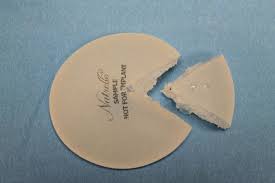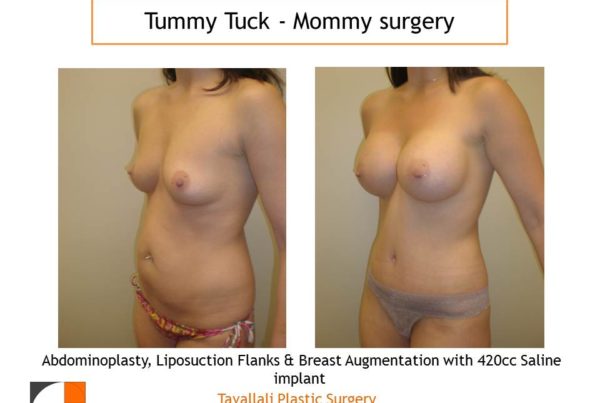Silicone breast implants are back
In 2012, 330,000 breast augmentation surgeries were performed as cosmetic plastic surgery procedures. 72% of these breast enlargements were performed using silicone breast implants, and only 28% using saline implants. See these articles about the differences between these types of breast implants:
Saline or silicone breast implants
Gummy bear vs cohesive gel breast implants
Feel of silicone and saline breast implants
Since the re-introduction of silicone implants in 2006, the number of breast augmentation surgeries being performed with silicone implants has increased from less than 20% to 72%. Many reasons given for the change and specifically for plastic surgeons and patients promoting silicone implants are based on subjective factors, such as “the silicone implants feel more natural”—which they do outside of a body! However, after more than 23 years of performing breast augmentations with both silicone and saline implants, I cannot tell a difference in implants when they are placed under chest muscles! I really can’t!
Implant rippling and scar size
Another reason given for the use of silicone implants is that there is less rippling of silicone shells. You don’t have to be a plastic surgeon to make up your own mind when holding two types of implants next to each other—they both have rippling. Rather, whether rippling is visible or not has to do with how thin or thick the overlying chest tissues are, not with the type of implant.
One real difference between implants is the size of the scar needed to introduce an implant under the chest muscles. With saline implants, a much smaller incision is used, since implants can be folded and are inflated inside the body. Silicone implants come pre-filled with gel and require a much larger incision for placement. That takes more time.
New cohesive gel silicone implants
A “new” type of silicone implant is now commercially available. I have previously written about these “gummy bear” implants. A main difference with these implants is that should implants rupture—and both silicone and saline implants can rupture—silicone gel does not leak out of the implant. The new gel is cohesive and acts more like Jell-O—it fractures but does not leak like a liquid! The importance of this is that there is less perceived risk of free silicone gel traveling around the body and possibly causing problems (which are yet to be defined).
Cost of saline implants and cost of silicone implants
There is a difference in the cost of saline and silicone implants. Silicone implants cost twice as much as saline implants. A Wall Street Journal article recently placed average surgeon fees for breast enlargement with saline implants at $3,900 for silicone and $3,500 for saline implants. Add to that the cost of implants (at least $2,000 for silicone and $1,000 for saline) and hospital and anesthesia fees ($1,500-$2,000) and you have a grand total of between $7,400 and $8,000 for silicone breast augmentation and between $6000 and $6500 for saline. Costs will of course vary based on the time the surgeons takes, “specials,” etc.
Need for re-operation after breast enlargement surgery
All patients having breast enlargement surgery with saline or silicone implants need to be prepared for a second surgery at some point in their future. Some patients may even have multiple breast surgeries. Studies have shown that 50% of breast augmentation patients will have a second surgery during their life.
8% of those patients have another surgery because they have to as a result of bleeding, infection, mal-position of implant or scarring around implants (capsular contracture).
42% of patients have a second surgery because the patient wishes to have one; they want to go larger, smaller, want a breast lift, etc.
Despite the resurgence of silicone breast implants, I believe a more balanced approach is needed rather than resorting to the “all-American” method of widely swinging from technique to technique. I use silicone implants in patients who are very thin and do not have enough breast tissue or muscle coverage for implants. I also use them in patients who need implants placed on top of muscles because they have droopy breasts.
For almost all other patients, it does not really matter!






Recent Comments